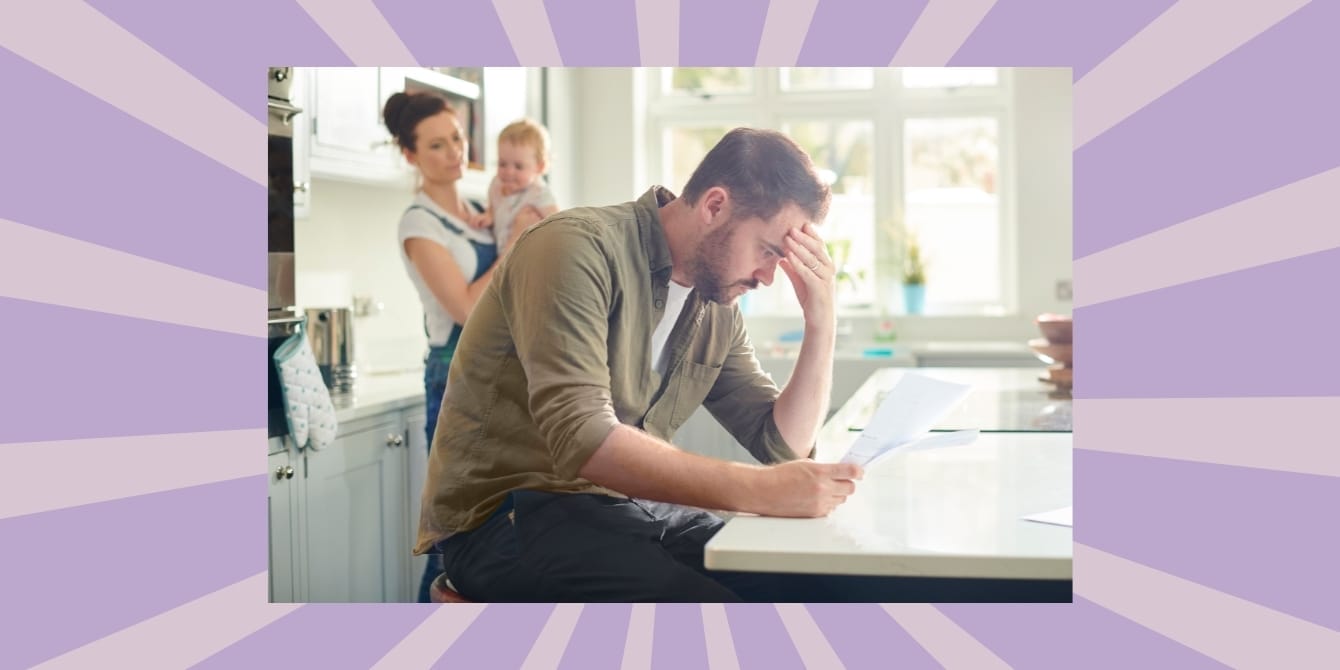Most parents are now going into debt to raise their kids—and it’s reshaping family life

Credit: Canva/Motherly
Parenting, in 2025, is starting to feel like a luxury purchase.
Table of Contents
More than half of American parents are now in debt because of their kids. Not because of extravagant spending—but because of everyday essentials: prescriptions, school supplies, and doctor visits. A new survey by National Debt Relief and Talker Research found that 6 in 10 U.S. parents have gone into debt just to meet their children’s needs.
Parenting, in 2025, is starting to feel like a luxury purchase.
Related: Child care costs over 50% of income in some states—and moms are done staying quiet
What it actually costs to raise a child in 2025
According to estimates cited by Newsweek, raising a single child from birth to age 18 now costs more than $310,000 for a middle-income family. That figure doesn’t account for college tuition, mental health support, or emergency medical bills—just the basics.
For younger parents already dealing with student loans and housing costs, the math simply doesn’t work. A majority of Gen Z parents in the survey said debt was preventing them from expanding their families, or even saving for their kids’ future.
Debt is rewriting the parenting playbook
This is no longer just a personal finance problem—it’s a systemic one that’s changing how families operate day-to-day.
The data reveals:
- 81% of parents in debt prioritize their kids’ needs before their own bills
- Half of those parents say the debt is becoming unmanageable
- Parents in debt are significantly more likely to skip meals, delay medical care, or put off mental health support
One in two say they worry more about debt than whether they’re doing a good job as a parent. Many are making emotional trade-offs: skipping therapy to pay for after-school care, or cutting groceries to afford another co-pay.
When debt shapes the calendar
Debt isn’t evenly distributed throughout the year—it spikes during childhood’s most expensive seasons.
- 47% of parents reported going into debt during the holidays
- 39% did the same during the back-to-school rush
- Healthcare was a major driver: 42% went into debt to cover prescriptions, 41% for doctor visits, and 39% for dental care
For many families, “Buy Now, Pay Later” tools have become lifelines—not splurges. But those lifelines come with long-term consequences.
Why so many families are now “one and done”
It’s no coincidence that the fastest-growing family type in America is now one-child households (Pew Research Center). In a now-viral TikTok video, creator Gabrielle Swanson summed up what many modern parents are feeling: the desire for peace, balance, and financial stability often outweighs the cultural push for bigger families.
And research increasingly supports that one-child households can thrive. Studies show only children are just as socially and emotionally healthy as their peers with siblings. Parents of one also report lower stress and higher satisfaction—largely because they aren’t constantly stretched to the financial brink.
The fertility rate is cratering—and this is why
In 2024, the U.S. fertility rate dropped to a record low—fewer than 1.6 children per woman, according to the CDC. It’s not that Americans have stopped valuing family—it’s that family life has become economically inaccessible.
More than half of parents in debt say they’re not sure they can afford to send their kids to college. Many can’t even imagine affording another child.
Debt isn’t just shaping today’s decisions—it’s writing the blueprint for the next generation.
Related: Moms don’t need a baby bonus—they need paid leave, childcare, and real support
The takeaway
Parents aren’t financially reckless. They’re financially cornered.
The data is clear: when the average cost of child-rearing requires debt just to keep the lights on and lunch boxes full, we don’t have a parenting problem—we have a parenting-cost crisis.
This isn’t about individual budgeting. It’s about broken systems. It’s about what happens when parents are asked to do the most important job in the world, with the least support possible.
If you’re doing everything you can and still falling behind—you’re not alone. You’re living in a system where raising kids now means borrowing against your own future. And it’s time we stop blaming parents for a crisis they didn’t create.
Sources:
- National Debt Relief Survey. 2025. “Six in 10 American Parents are Going into Debt for Their Children.”
- Pew Research Center. 2015. “The American family today.”
- Greater Good Science Center. 2023. “Debunking the Myths of the Only Child.”
- CDC. 2025. “Births: Provisional Data for 2024.”





































